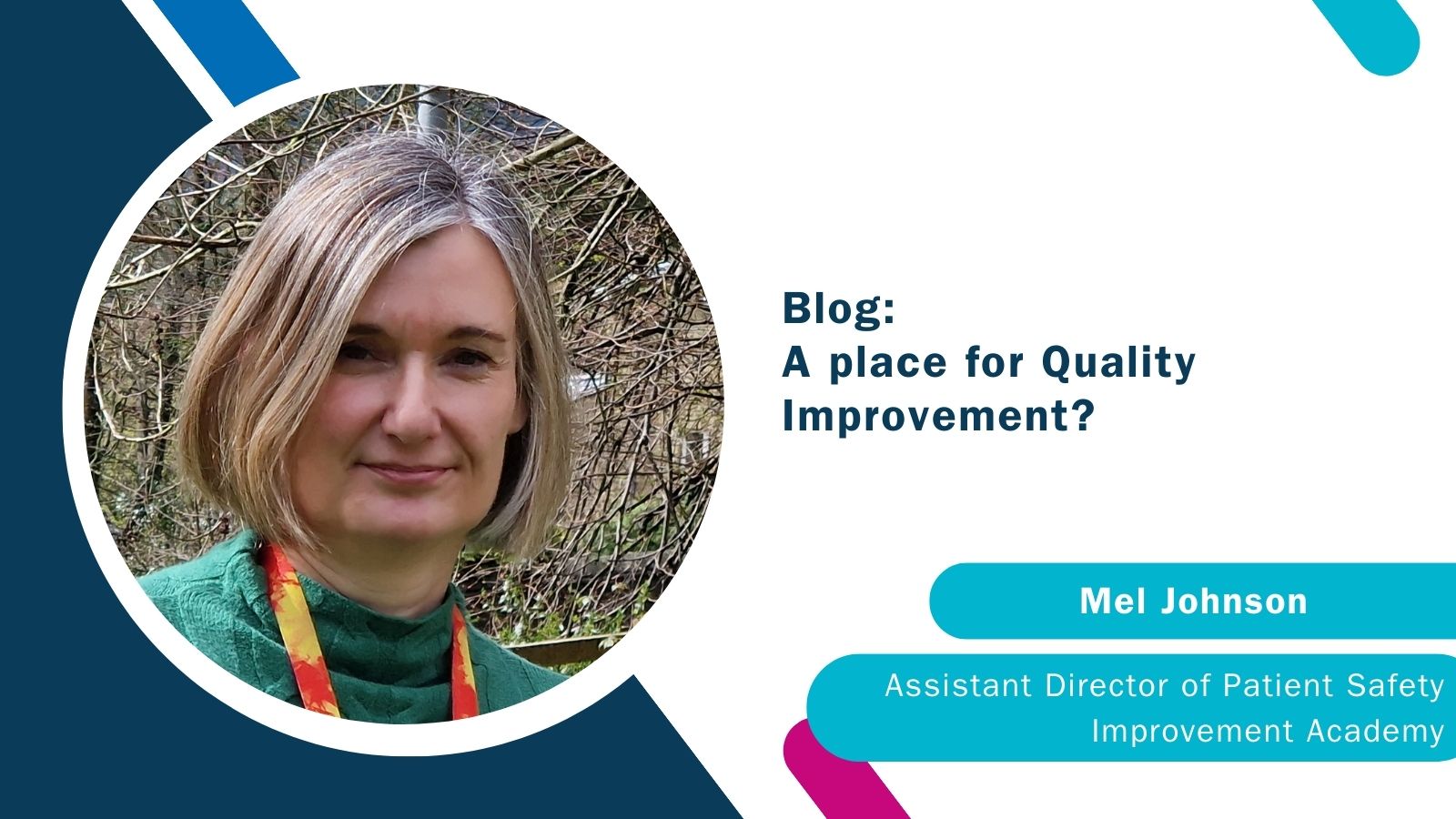For the past 20 years I have been steeped in Quality Improvement (QI), even when it wasn’t a core part of my role it changed my thinking sufficiently to make me tackle problems in a different way.
When I was trained in how to use the Model for Improvement (https://www.ihi.org/resources/how-improve-model-improvement) back in 2005, it was a new and shiny idea and as we know the NHS loves a new shiny idea! Over the following 15 years, courses and agencies supporting QI sprang up and it felt like there was a growing army of colleagues using these concepts in their roles.
Like all good ideas, the initial concepts have developed and been strengthened over time as we have worked with the tools in practice and leant, in particular links to patient safety thinking have strengthened.
Over the years QI has moved in and out of favour a few times, and more recently I have seen a dip, perhaps due partly to increasing financial pressures. Quality Improvement done well is not a quick fix, understanding problems is complex and needs to be done properly before you can start to set your aims and develop and test change ideas likely to be effective. Sadly, in a climate where we are under extreme financial pressure, investing money and resource in QI is an increasing challenge for most organisations.
When the Patient Safety Incident Response Framework (PSIRF) (https://www.england.nhs.uk/patient-safety/patient-safety-insight/incident-response-framework/ guidance was published in 2022, it was a huge change for the NHS. I remember reading draft guidance and thinking finally something that will make care safer. Working with patent safety colleagues across Y&H over the past few years has been so rewarding, there is a real appetite to think differently, a movement towards a just and restorative culture.
Great strides have been made; teams across Y&H are using new tools well such as After Action Reviews, eliciting learning that will I am sure will deliver better care.
However, a good quality investigation is just the first step, once you know what is wrong you then need to do something to fix it, PSIRF calls for QI to be used as the model for delivering effective change. If we think about the model for improvement, a good investigation only answers your first question ‘ what are we trying to accomplish’ there is still a long way to go before changes are made and sustained that improve safety; not least using the evidence base to select safety actions likely to be effective ( https://journals.lww.com/journalpatientsafety/fulltext/2023/12000/exploring_the__black_box__of_recommendation.8.aspx ).
It will be 3 years this August since PSIRF was launched and at the Improvement Academy (IA) we are thinking about how we can support QI to improve patient safety across Y&H. Over the 10 years I have been working here we have trained and supported many colleagues in quality improvement, we want to understand who is still out there working in roles using their QI knowledge and skills to improve patient safety, where are the gaps and how we can work together to move toward the next stage of PSIRF – making changes that will improve patient safety. I would love to hear from you and gather your opinions. Please drop me a line on: melanie.johnson@yhia.nhs.uk
